Biography
Roy Lichtenstein was born in Manhattan and began painting, drawing and sculpting there as a teenager. In addition to his interest in art, he was passionate about jazz, whose representatives he portrayed. While his father worked as a real estate agent, his mother introduced him to the New York cultural scene by visiting museums, concerts and other events. He had his first experience with painting after graduating from school in 1940 at the 'Art Students League of New York'. In the same year he began his studies at Ohio State University in Columbus for education. In 1943 Lichtenstein was drafted into the army, in 1945 this took him to England, Germany and Paris, which did not stop him from pursuing his passion for art - he made sketches and enrolled to study at the Sorbonne in Paris. Because of his seriously ill father, he returned to New York in 1946 and continued his studies, graduating with a master's degree in 1949. He was greatly influenced by the perceptual psychology seminars of Hoyt Sherman, who had his students draw in the so-called Flash Lab, a darkened room in which images were projected in rapid succession. Lichtenstein was hired as a lecturer at OSU and married gallery employee Isabel Wilson Sarisky, with whom he had two sons. A move to Cleveland in the early 1950s brought changing employment as well as an expansion in his subject matter. Lichtenstein worked with advertisements and their texts. His first solo exhibition was held at the Carlebach Gallery in Manhattan. In the late 1950s, comic figures such as Mickey Mouse and Donald Duck appeared in his paintings for the first time. A turning point in his career was his appointment as assistant professor at Douglass Residential College at Rutgers University in New Jersey. Here he entered an innovative environment and met fellow artists such as Allan Kaprow, Claes Oldenburg, George Segal and Robert Whitman. At the age of 38, Roy Lichtenseitn developed his signature style, for which he is celebrated as an icon of Pop Art in art history. His paintings are based on advertisements in newspapers, magazines and comics. Instead of reproducing the image templates in his own expressive handwriting, he adopted the media features of his image templates. Lichtenstein enlarged the halftone dots, the ‚benday dots‘, to an extreme. The mechanical grid was actually used in engraving techniques to create the effect of color gradations and textures. He used a few colors such as yellow, blue, red and green to accentuate the compositions borrowed from comics. Images of women are an important theme - they often appear as the suffering partners in a love affair. In addition to everyday objects, he also transferred familiar motifs from art history into his new visual language. The 1960s were an important decade for his career: Leo Castelli exhibited his works. In 1964 he created his first works in steel and enamel, followed by 'Explosions' and a series of ceramic heads and cups with saucers. Retrospectives of his work have been shown in Pasadena, Amsterdam and New York. With his second wife Dorothy he acquired an estate in Southampton. In the following years, Lichtenstein developed a partly abstract geometric, partly expressive pictorial language in which he cited various styles of art history as well as himself. He created numerous monumental works, predominantly sculptures in public spaces. Towards the end of his career, the artist also worked on interior paintings. Roy Lichtenstein died in 1997 as a result of pneumonia.
If you would like to sell objects by Roy Lichtenstein in one of our auctions, please contact our expert Laura Hille at l.hille@quittenbaum.de.
Objects by Roy Lichtenstein
-
Sold
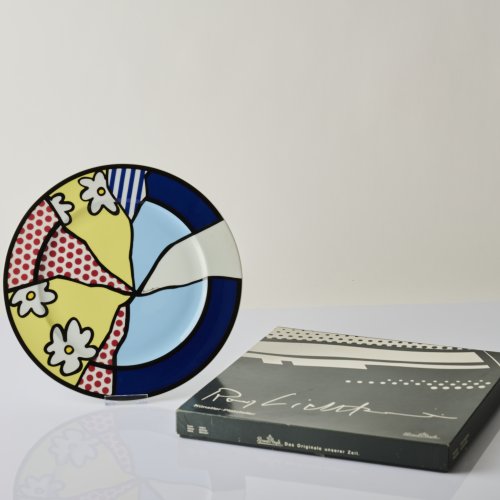
-
Sold
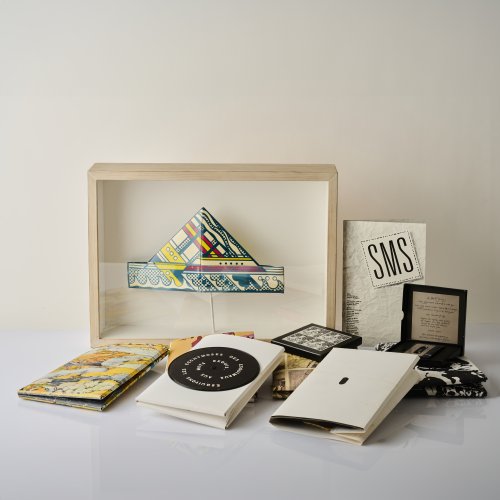
James Lee Byars, Roy Lichtenstein, Claes Oldenburg, Mel Ramos, Marcel Duchamp The Letter Edged in Black Press Inc., New York (Publ.)
Portfolio 'SMS (Shit Must Stop): A Collection of Original Multiples', 1968
Hammer Price: 2,400 €
-
Sold
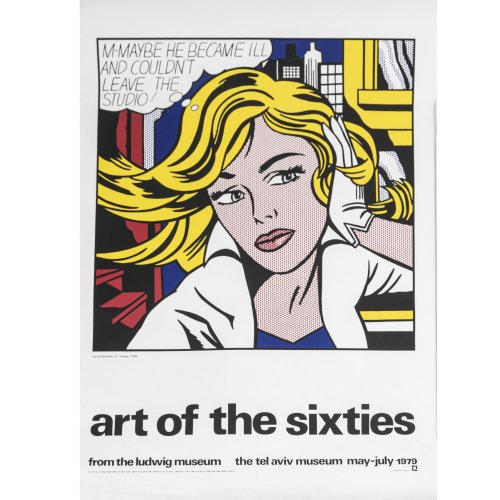
Exhibition poster 'art of the sixties' Ludwig Museum/Tel Aviv Museum, 1979
Hammer Price: 800 €
-
Sold
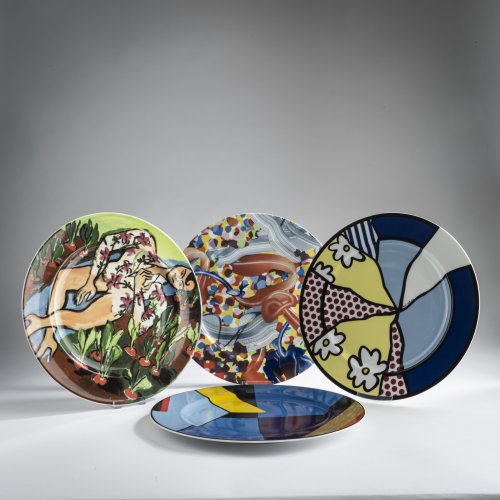
Elvira Bach, Otto Herbert Hajek, Roy Lichtenstein, Frank Stella Rosenthal, Selb
Four artist plates, 1991-1996
Hammer Price: 250 €
-
Sold
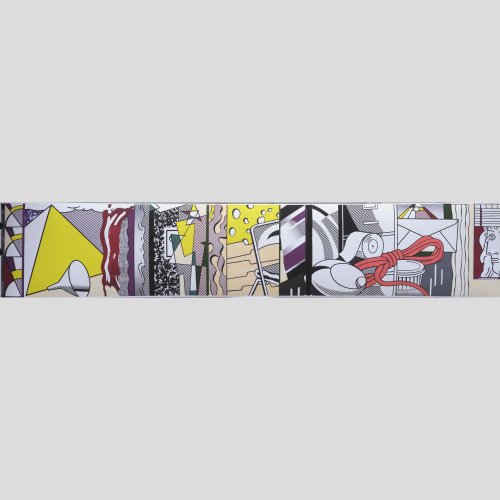
'Sketch for Green Street Mural', after 1983
Hammer Price: 350 €
-
Sold
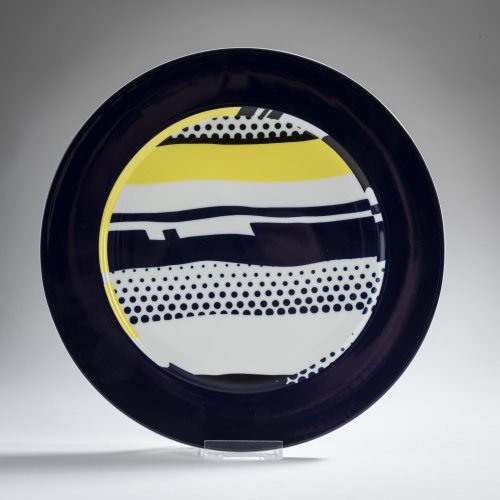
-
Sold
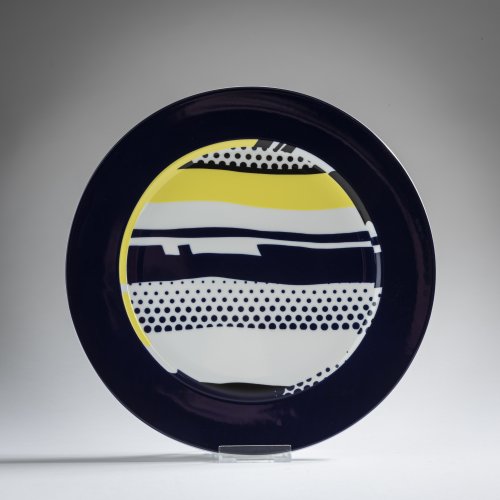
-
Sold
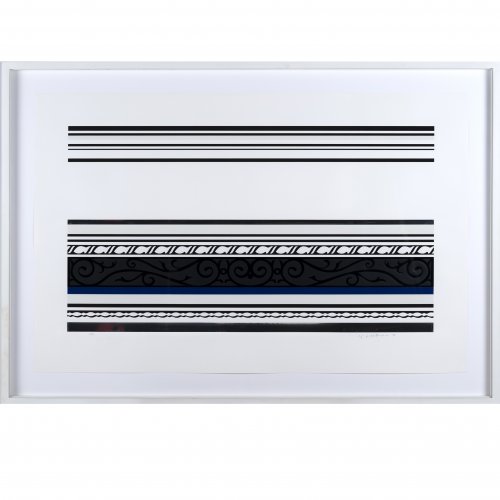
-
Sold
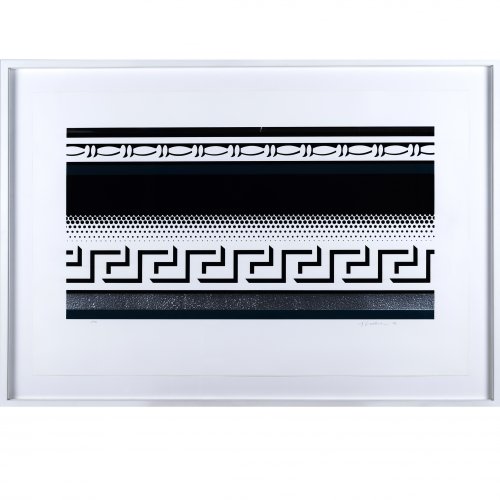
Roy Lichtenstein Tyler Graphics Ltd., Bedford Village New York
'Entablature VII', 1976
Hammer Price: 3,900 €
-
Sold
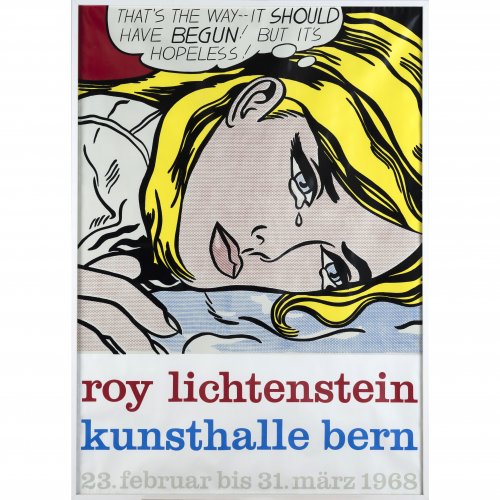
-
Sold
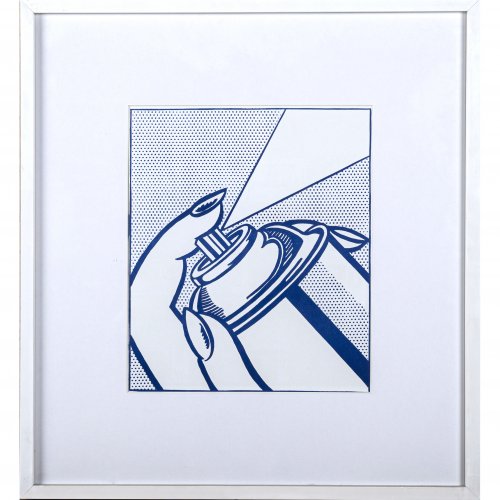
-
Sold
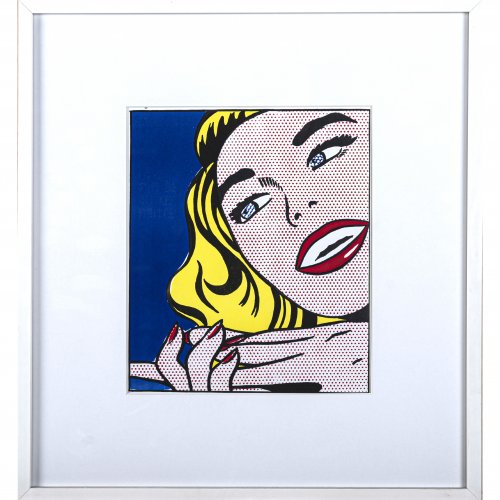
-
Sold
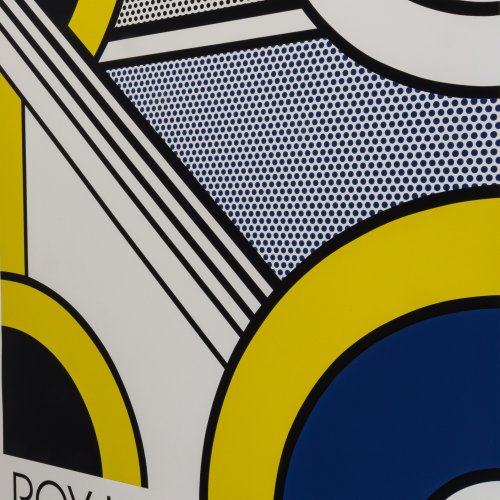
Roy Lichtenstein Pub. by Universal prints, Verlag und Handel GmbH Hamburg
Poster 'Modular Painting with four Panels No 1', 1995
Hammer Price: 2,200 €
-
Sold
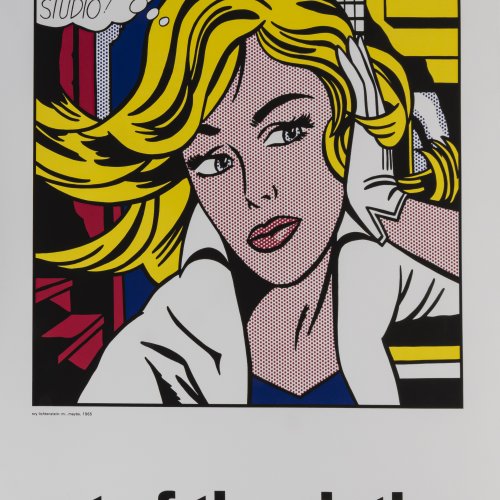
-
Sold
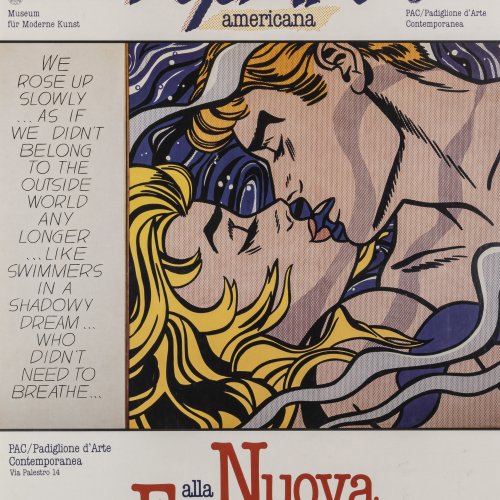
Roy Lichtenstein Stadt Frankfurt am Main Museum für Moderne Kunst; Comune di Milano, PAC/Padiglione d´Arte Contemporanea
Exhibition poster 'alla Nuova Figurazione', 1987
Hammer Price: 180 €
-
Sold
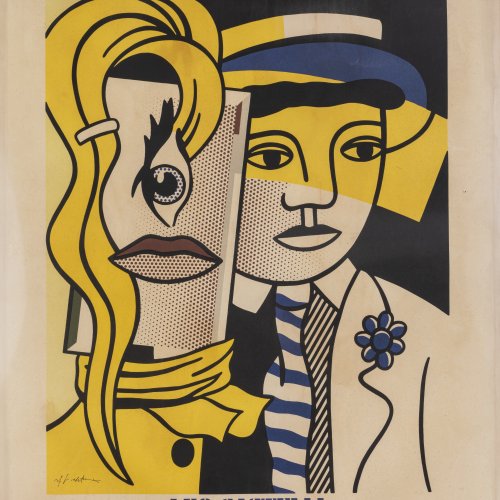
Roy Lichtenstein Castelli Gallery
Poster 'Roy Lichtenstein - Leo Castelli', 1979
Hammer Price: 520 €
-
Sold
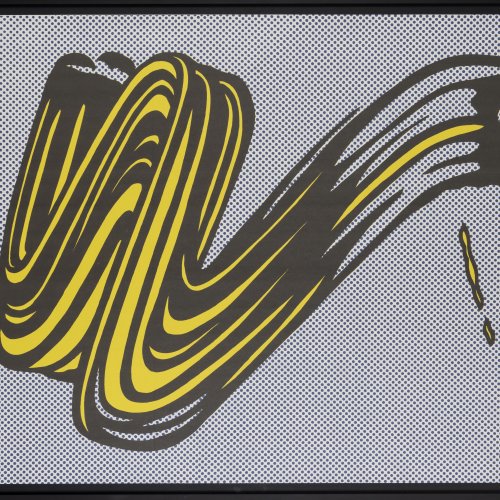
Roy Lichtenstein Ed. Gallery Castelli, New York
'Brushstroke' (invitation card from Gallery Leo Castelli in New York) ', 1965
Hammer Price: 2,700 €
-
Sold
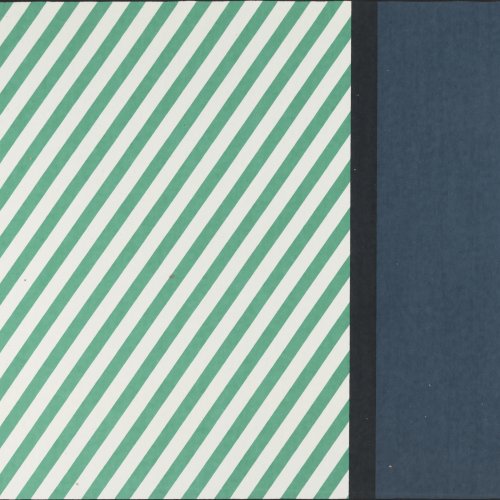
Roy Lichtenstein Vorwerk Teppiche, Hameln
'Dialog Art Collection' carpet, 1988
Hammer Price: 1,500 €
